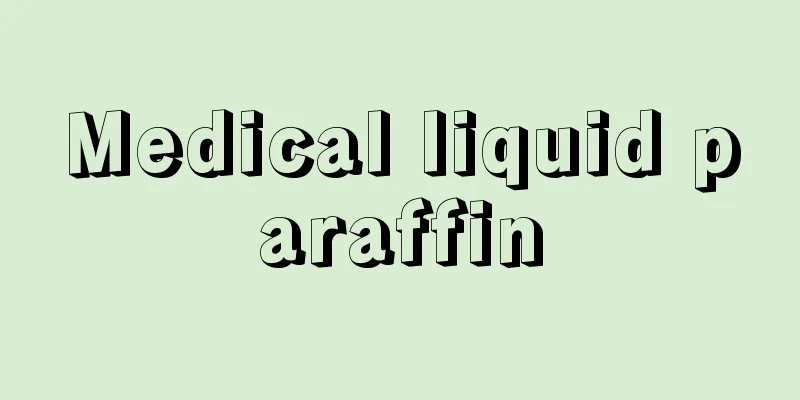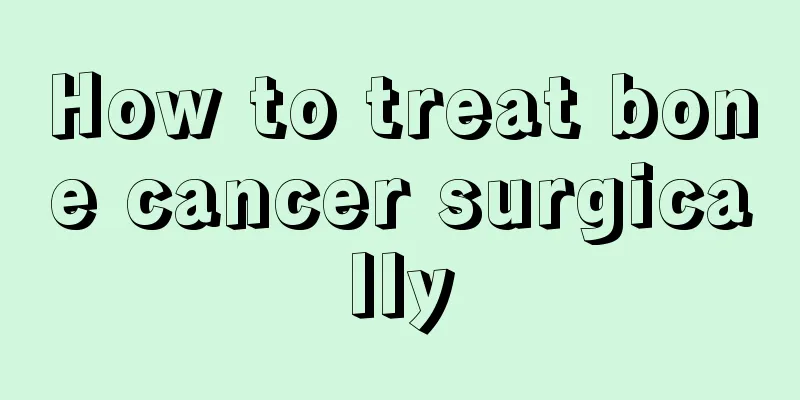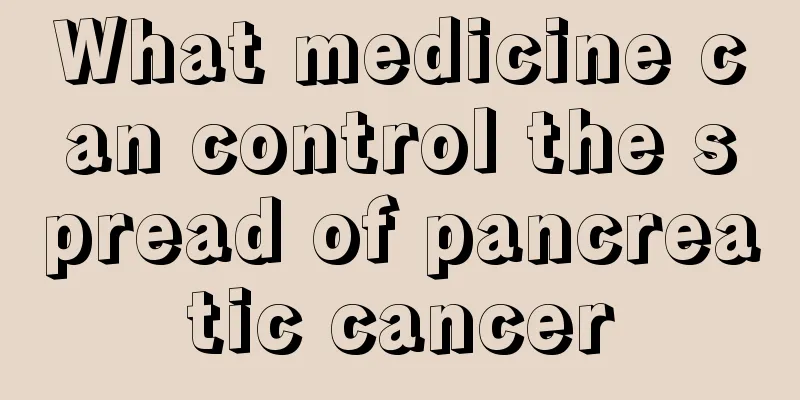Things to note after cervical vertebra reduction

|
People with cervical problems must be in great pain. They dare not lift their heads or turn their heads hard, and even feel dizzy when they lower their heads. Cervical problems must be treated, and many people choose traction to reposition the cervical spine. What are the precautions after cervical vertebra reduction? What you must do is to change your bad habits, exercise the muscles of your cervical spine and shoulders regularly, and also pay attention to keeping your cervical spine warm. 1. Lowering your head for a long time can weaken the neck muscles, increase the load on the neck muscles, make the muscles of the neck, shoulders and back stiff, and cause blood circulation disorders. It will also compress the nerves, eventually causing "head-down syndrome" such as headaches, dizziness, and palpitations. Therefore, the bad habit of lowering the head for a long time must be corrected. 2. Working with the head down for a long time and the neck flexed forward for a long time may cause cervical disc herniation or extrusion, resulting in symptoms such as pain in the back of the neck, numbness and tingling in the upper limbs. Therefore, it is necessary to adjust the inclination of the workbench and perform neck massage regularly to relax tense muscles and shorten the duration of bad posture as much as possible. 3. It is best to lie on your back when sleeping, with your head and neck naturally extended, so that your neck can relax. The height of the pillow should be appropriate, so as to avoid being too high and increasing the pressure on the intervertebral disc, or too low and causing the neck to be in an extended position, causing the ligaments to relax and collapse and compress the spinal cord, resulting in symptoms such as numbness of the limbs. 4. Head and neck trauma can cause trauma to the ligaments, intervertebral discs and joints of the cervical spine, which may cause symptoms such as numbness of the limbs, weakness of the lower limbs, unsteady walking, neck stiffness and pain. When doing sports, you should avoid spraining the head and neck. When riding in a vehicle, keep your face perpendicular to the front of the vehicle (i.e. in the direction of travel) as much as possible to prevent "whiplash-like" injuries caused by the inertia of the head and neck when braking. In addition, you should prevent your neck and shoulders from catching cold. Avoid muscle spasms and pain in this area, which will lead to imbalance of the internal and external cervical spine and induce cervical spondylosis. 5. Middle-aged and elderly people can often perform some gentle neck function exercises, such as practicing the Eighteen Exercises, Tai Chi, etc., but avoid excessive neck exercise. If there is neck pain, stiffness or other discomfort, the neck movement should be limited in the short term to facilitate recovery. |
<<: How is cervical spondylosis formed
>>: Advantages and disadvantages of minimally invasive surgery for cervical spondylosis
Recommend
How to get double eyelids
Many girls who love beauty are dissatisfied with ...
Do I need to fast for a chest X-ray?
Judging from the results of clinical examinations...
What can laryngeal CT scan show?
CT is a commonly used examination method in moder...
Why does hair fall out when washing hair with tea seed powder?
Washing your hair with tea seed powder has a very...
Discussing how prostate cancer metastasizes
In recent years, prostate cancer has become one o...
What are the methods to relieve headaches and tinnitus?
Headache and tinnitus are not uncommon symptoms. ...
What are the taboos when moving to a new home
There are many times in life when you need to mov...
What should liver cancer patients eat in life? 4 things to note when eating tonic food for liver cancer patients
Liver cancer is insidious, has a long latent peri...
Common complications of intravenous infusion
I believe that many people have experienced the u...
What is the best thing to calm the nerves and help you sleep
Insomnia is one of the most painful things in lif...
How to treat cervical cancer in the early stage? These symptoms are signs of cancer
Women over 40 who have vaginal bleeding outside o...
What are the symptoms of lung cancer before death? Lung cancer patients will show 5 symptoms and will die soon
There are many people around us who suffer from l...
What are the symptoms of chronic nasopharyngitis
Chronic nasopharyngitis is a relatively common di...
Why do my inner thighs itch?
Many people have encountered the problem of itchi...
Distant metastasis of breast cancer is the main cause of death!
Breast cancer is increasingly threatening the hea...









